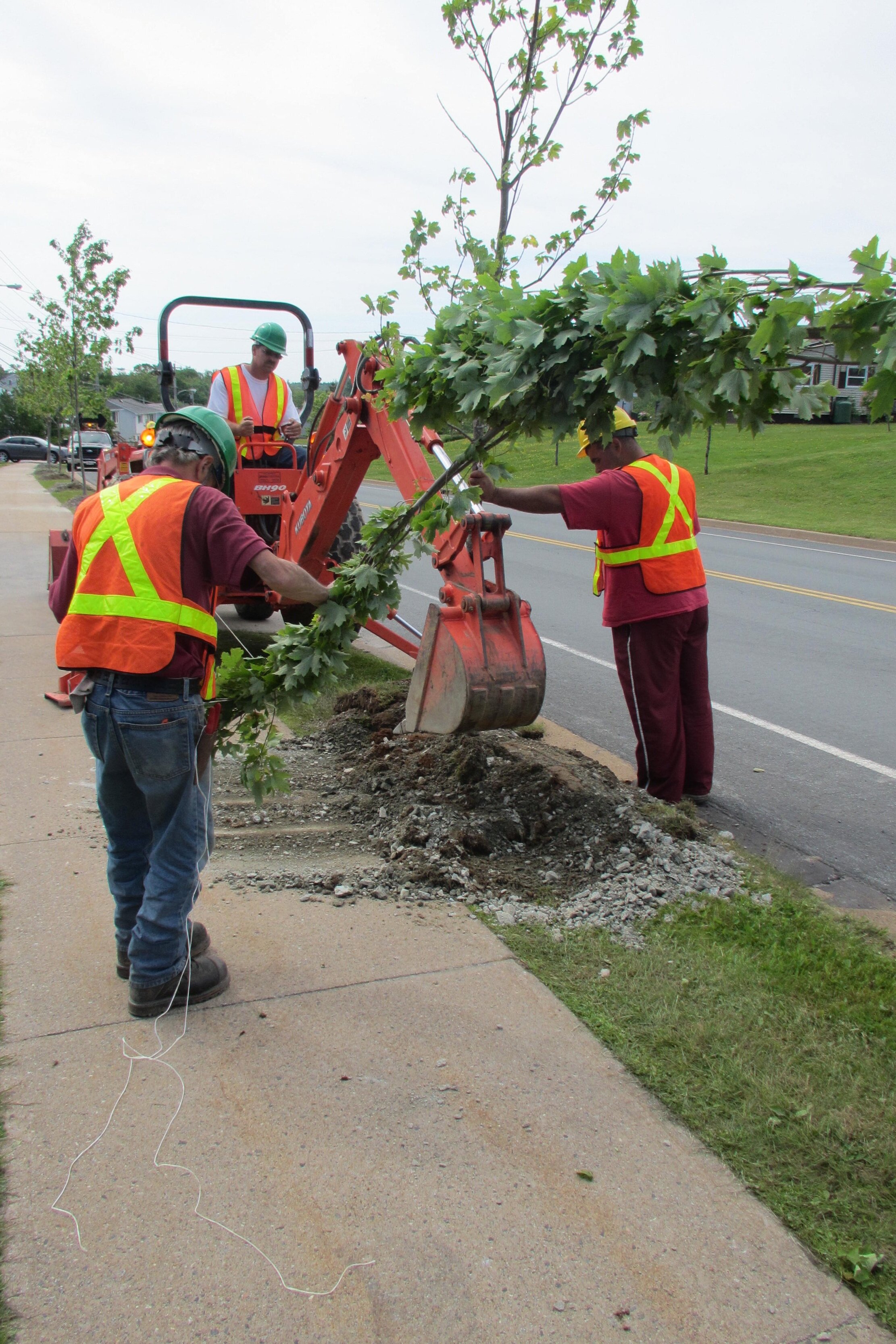Potential Career Pathways in Urban Forestry
Natalie Secen, Halifax Tree Project
2021-01-26
The term “urban forestry” wasn’t coined until the year 1965 by Professor Erik Jorgensen (University of Toronto), and ever since, the field has been changing constantly. As municipalities pay increasingly more attention to managing trees in urban environments, naturally, a variety of new career opportunities have arisen because of this.
What do I mean by “…pay increasingly more attention…?” Specialized research on urban forest topics such as (but certainly not limited to!) species & age class diversity, pest & disease management, soil volumes & characteristics, and applied rigging and climbing techniques/equipment have exposed new best practices that, in many cases, were never even considered in the past. As these new ideas and information are exposed, simply put, we need more people in the field to apply them in to make urban forest environments thrive to the very best of their potential. One could argue that such concepts weren’t paid attention to in the past because they were irrelevant. For example, climate change and increased globalization have led to more invasive pests and diseases than we’ve ever historically dealt with, which has created a need for things like urban tree inventories, management plans, and pest monitoring programs.
In response to this, colleges and universities around the globe are adding urban forest related courses and specialized programs to their repertoire. To give you a sense of just how new this movement is, UBC was the first university in Canada to introduce a Bachelor of Urban Forestry degree program in 2015. And to specialize even further, there are numerous urban forest related certifications with continuing education requirements (which help to keep up with changing industry)! I’ll touch on this later in the blog.
Let’s dig into what a post-education career path could look like. In Canada, urban forests are managed at the municipal level of government, so any direct involvement in urban forest management likely means a career in the public sector at the municipal level. It’s important to note that what exact department this would fall under depends on the municipality. Some cities have a designated urban forestry department but in many smaller municipalities, this could fall under another division such as Parks or Landscape Management. While urban forest management widely takes place at the municipal level, there are a variety of other career paths in urban forestry in both the non-profit and private sectors, at varying levels of specificity. Such opportunities could include paths in climbing (tree pruning and removal), urban forest consulting (arborist reports, management plans, expert witness roles, etc.), research, plant health specialization, community stewardship and engagement, and more.
As I mentioned earlier, such positions are commonly supplemented by certifications such as the International Society of Arboriculture (ISA) certified arborist credential, which is achieved by passing a multiple-choice exam and having a certain amount of experience in the field. ISA then also offers a variety of other specialized qualifications, such as an arborist municipal specialist, tree worker climber specialist, tree risk assessment qualification, and master arborist. Beyond this, the Society of Municipal Arborists (SMA) is a professional associate of the ISA with members mostly in North America. Similar to the ISA, there is a fee to join the group but no exam. The SMA offers a magazine, conferences, web resources, and network of members with common professional goals in urban forest management.
While our approach to urban forest management continues to react and adapt to emerging best practices, there is still so much room for innovation, research, and subsequent new career opportunities in the field. A healthy and robust urban forest is something that positively affects so many people in so many ways, and for me, that is a huge part of what makes working in the field so gratifying.
"Careers in urban forestry span the gamut. Some people prefer technical careers, for example, planting or pruning trees (see photos above). Others are keen to prepare for professional careers in urban-forest research, management, and planning (see the photo of four graduate students studying urban forests). Late in their careers, the three gents pictured together in the final photo are John Simmons (urban forester and arborist), Peter Duinker (urban-forest professor), and John Charles (urban planner). Together, we led development of HRM’s first Urban Forest Master Plan (2013)." - Peter Duinker



